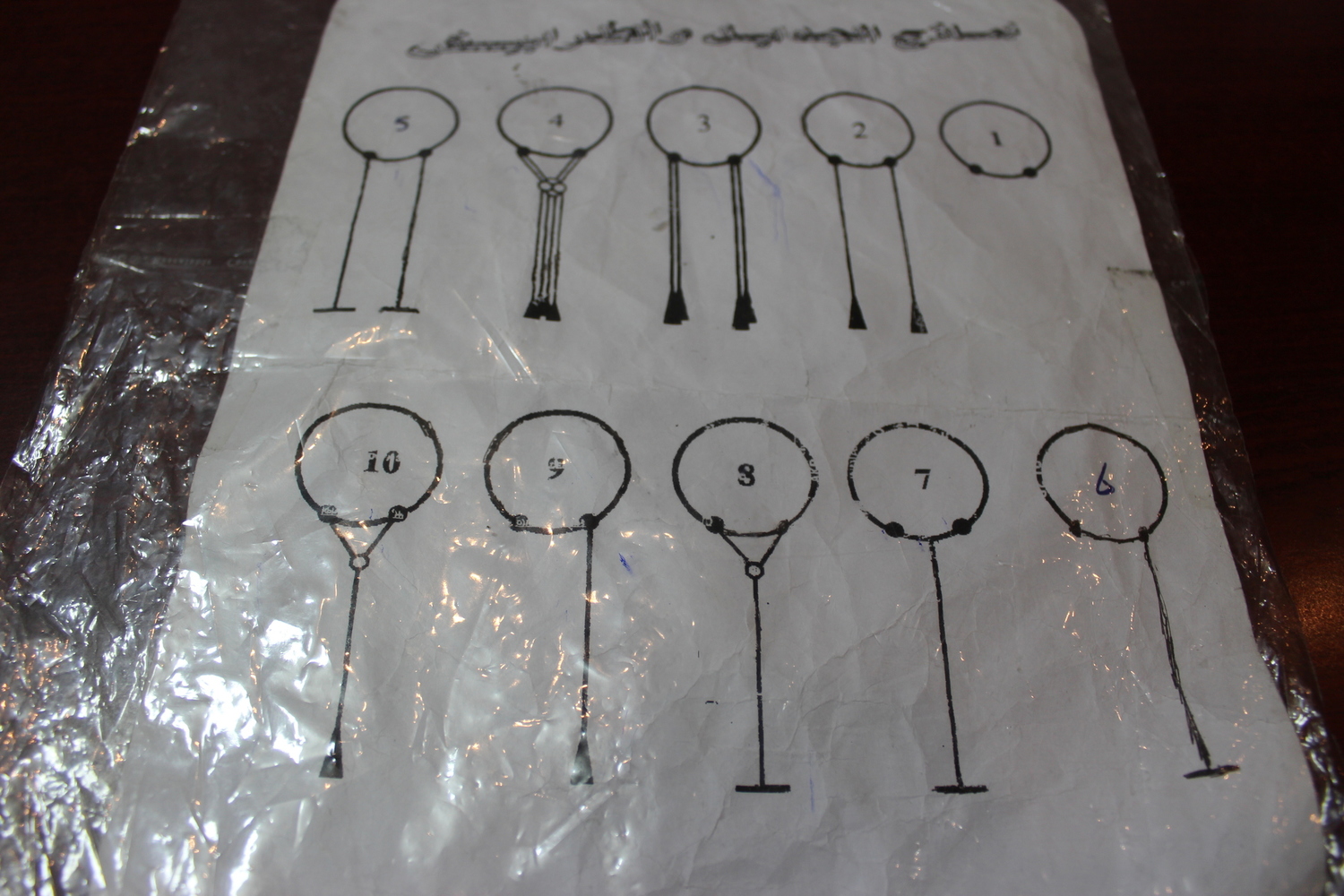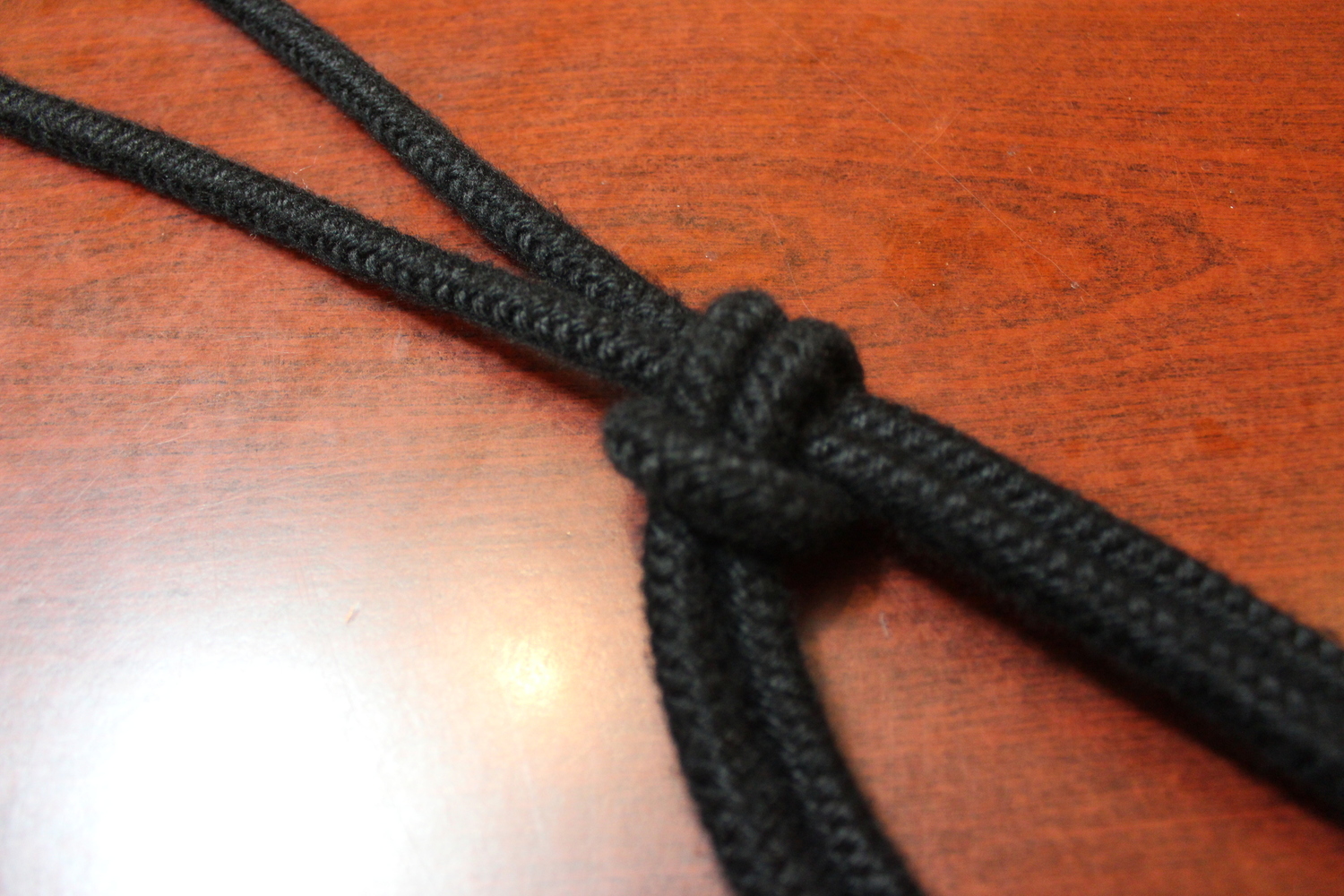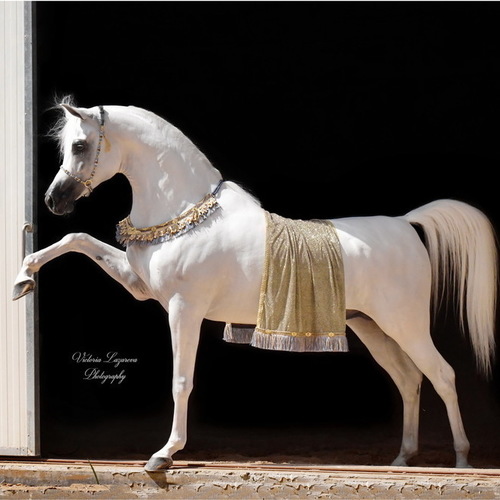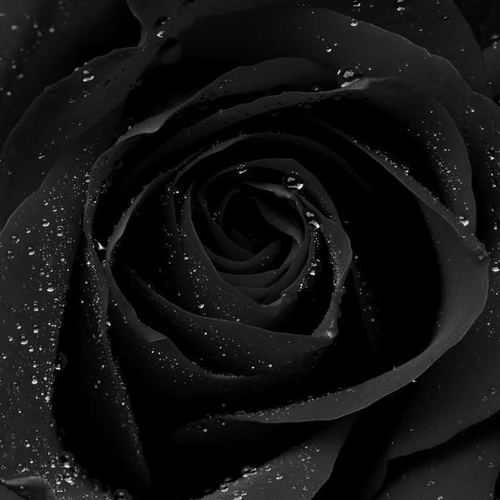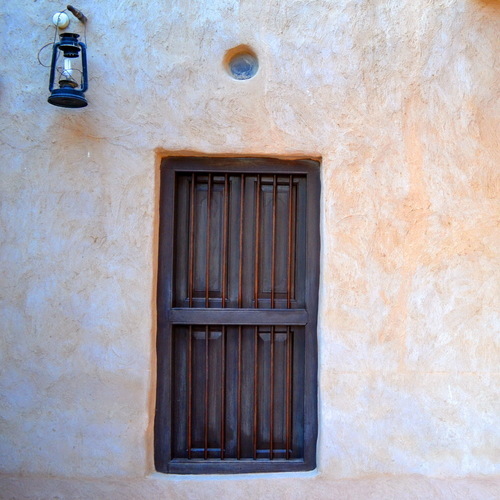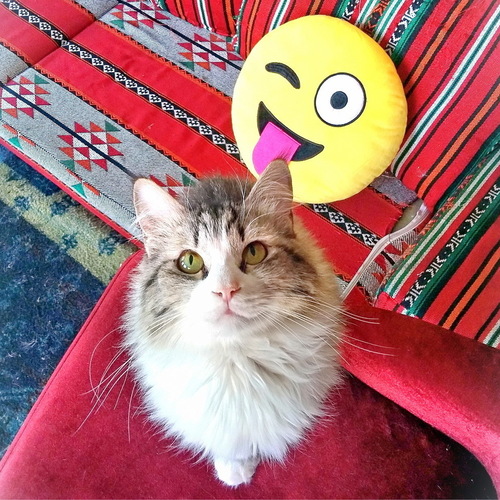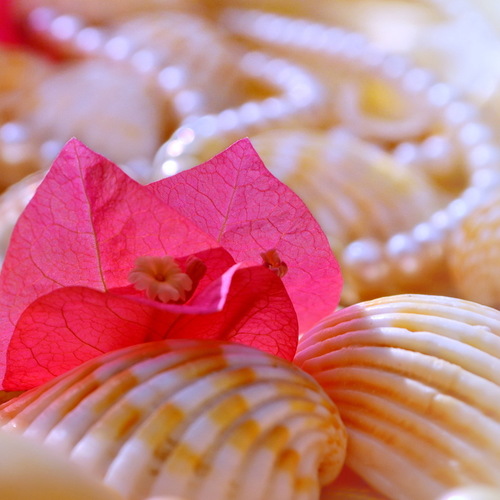Tailor’s story.
Sheikhs’ outfit
While strolling around the Souk Khan Murjan at a leisurely pace buying dear little things such as jasmine oil bottle or a kincob shirt I came across tailor’s workshop.
Based upon the window only men’s Arabic wear was made here. Not knowing for sure if women were allowed in I looked inside bashfully. Having noticed the owner I nodded welcomingly “As-salamu alaykum! May I come in?”
Curiosity killed the cat, but satisfaction brought it back.
An Arabian proverb
I have always wanted to find myself inside of such shop and to give a proper look-over. I can’t explain why but I adore Arabian men’s wear. Men wearing white kanduras look like angels who you are afraid of touching. Such comparison may seem to be far-fetched but it is just my feelings description.
 © Victoria Lazareva, feelingthelife.com
© Victoria Lazareva, feelingthelife.com
The owner of the shop, a Jordanian of about forty and Continental-dressed, made me welcome and let me take a closer look at his goods.
There were stacks with аgals along two walls – traditional black circlets fixing keffiyehs. It was the first time I had seen agals rolled out. They seemed huge.
The tailor said all his agals were hand-made for each client individually so their size was different: 90 to 130 cm across diameter.
A ready-made agal is intertwisted as eight and then one circle is put with another one evenly and this way it is settled on head atop keffiyeh.
In a perfect world two black agal circlets must tie each other. This wearing rule is not essential but it is believed to be nicer. That’s why some famous people prefer trick agals with both circles fine drawn.
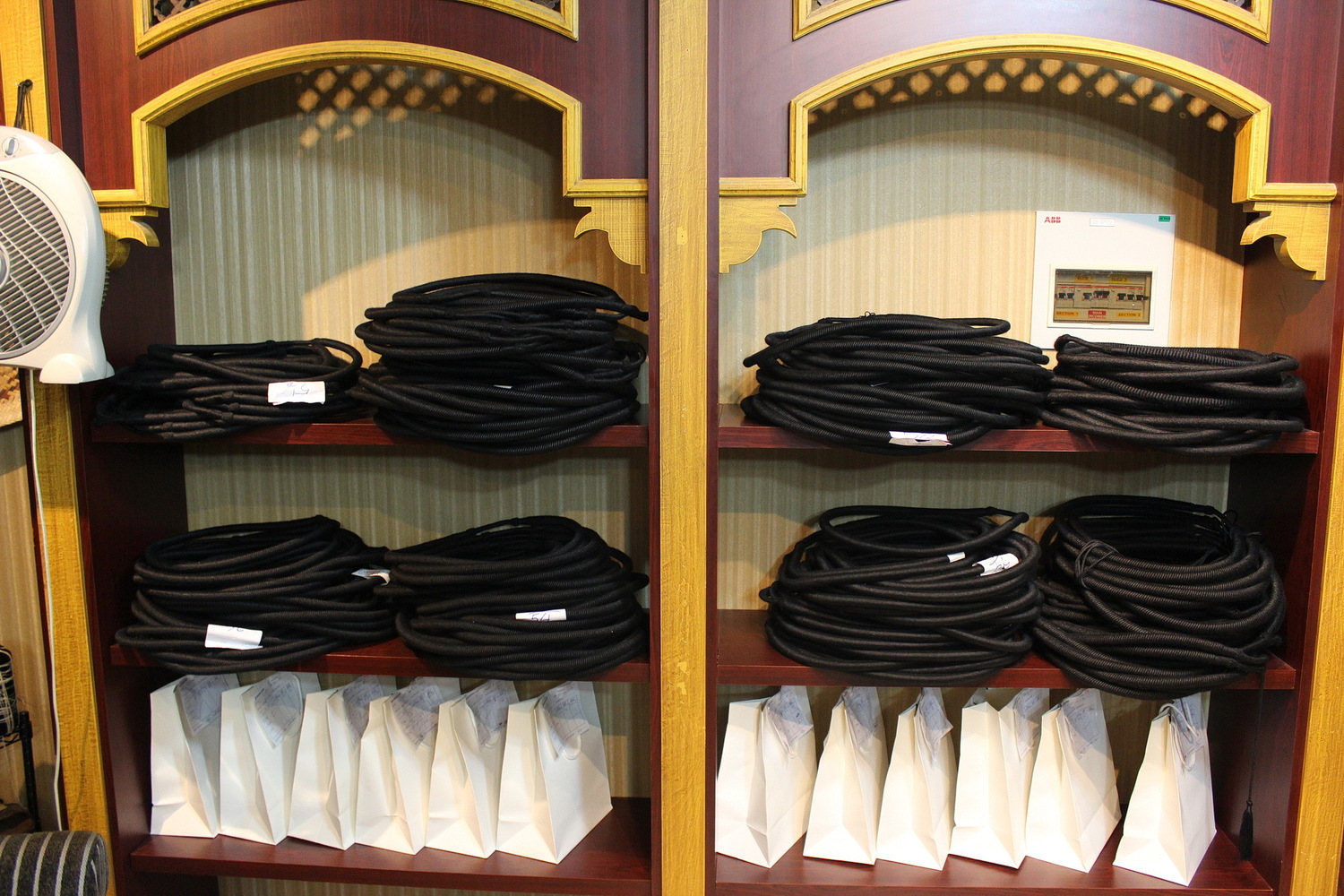 © Victoria Lazareva, feelingthelife.com
© Victoria Lazareva, feelingthelife.com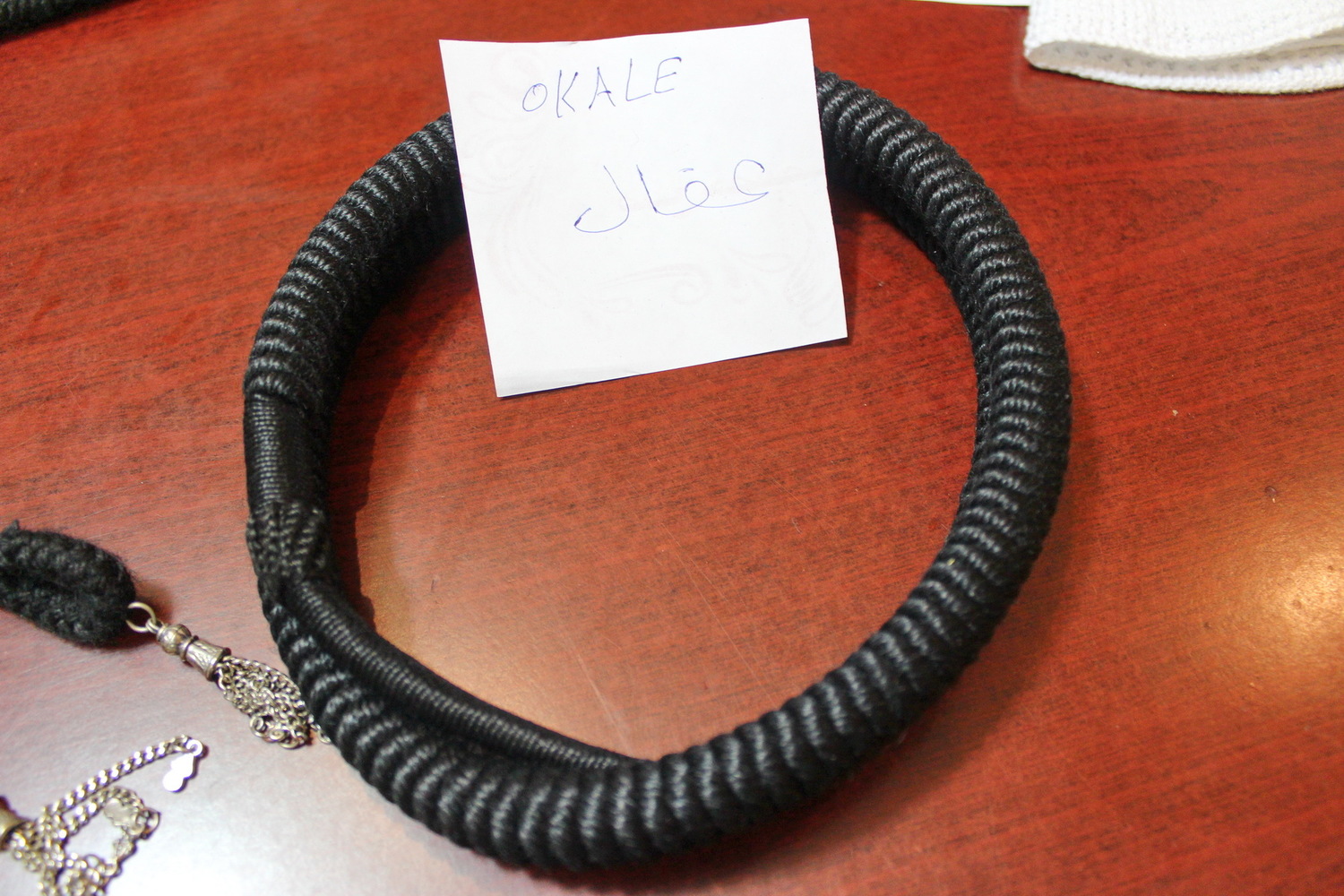 © Victoria Lazareva, feelingthelife.com
© Victoria Lazareva, feelingthelife.com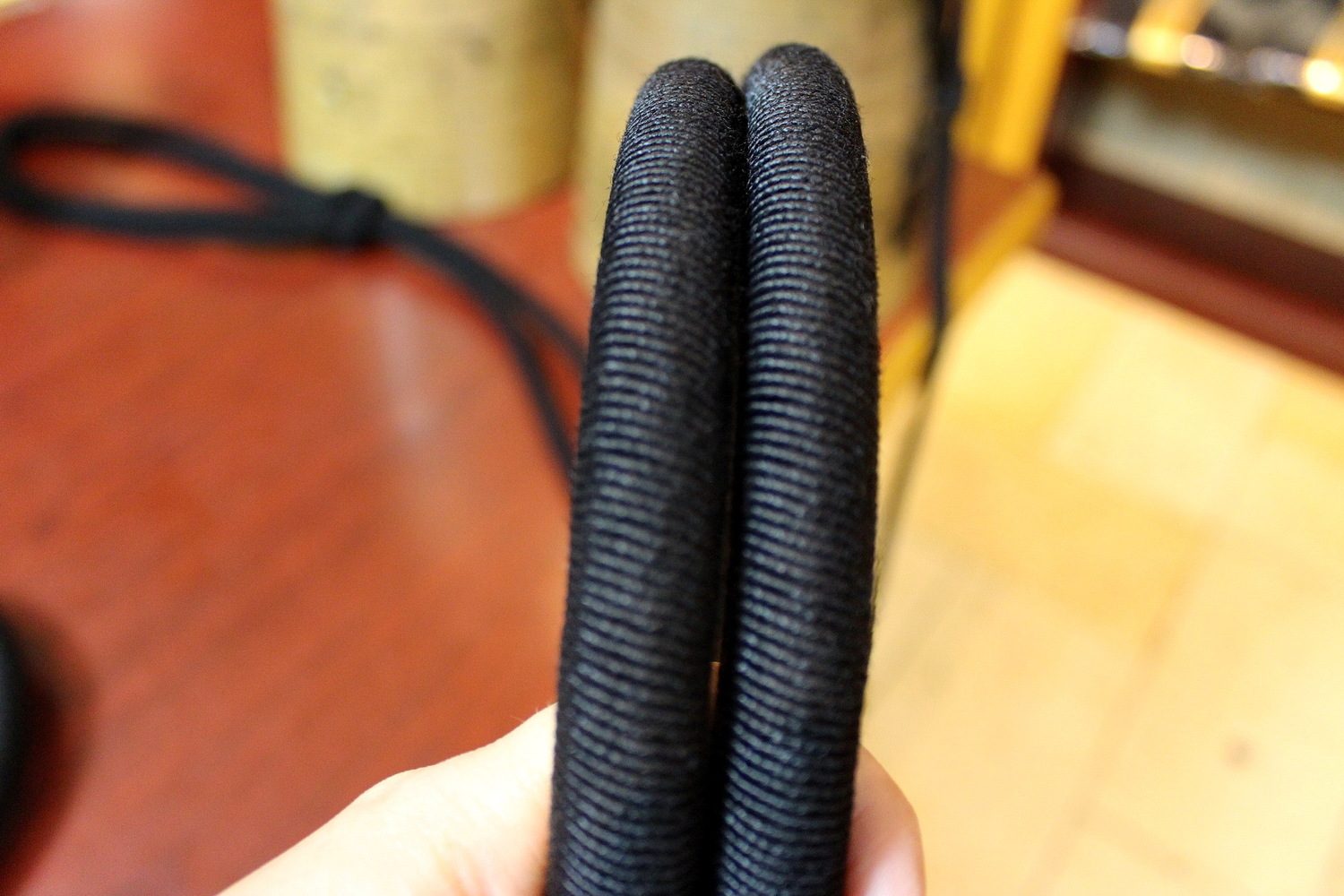 © Victoria Lazareva, feelingthelife.com
© Victoria Lazareva, feelingthelife.com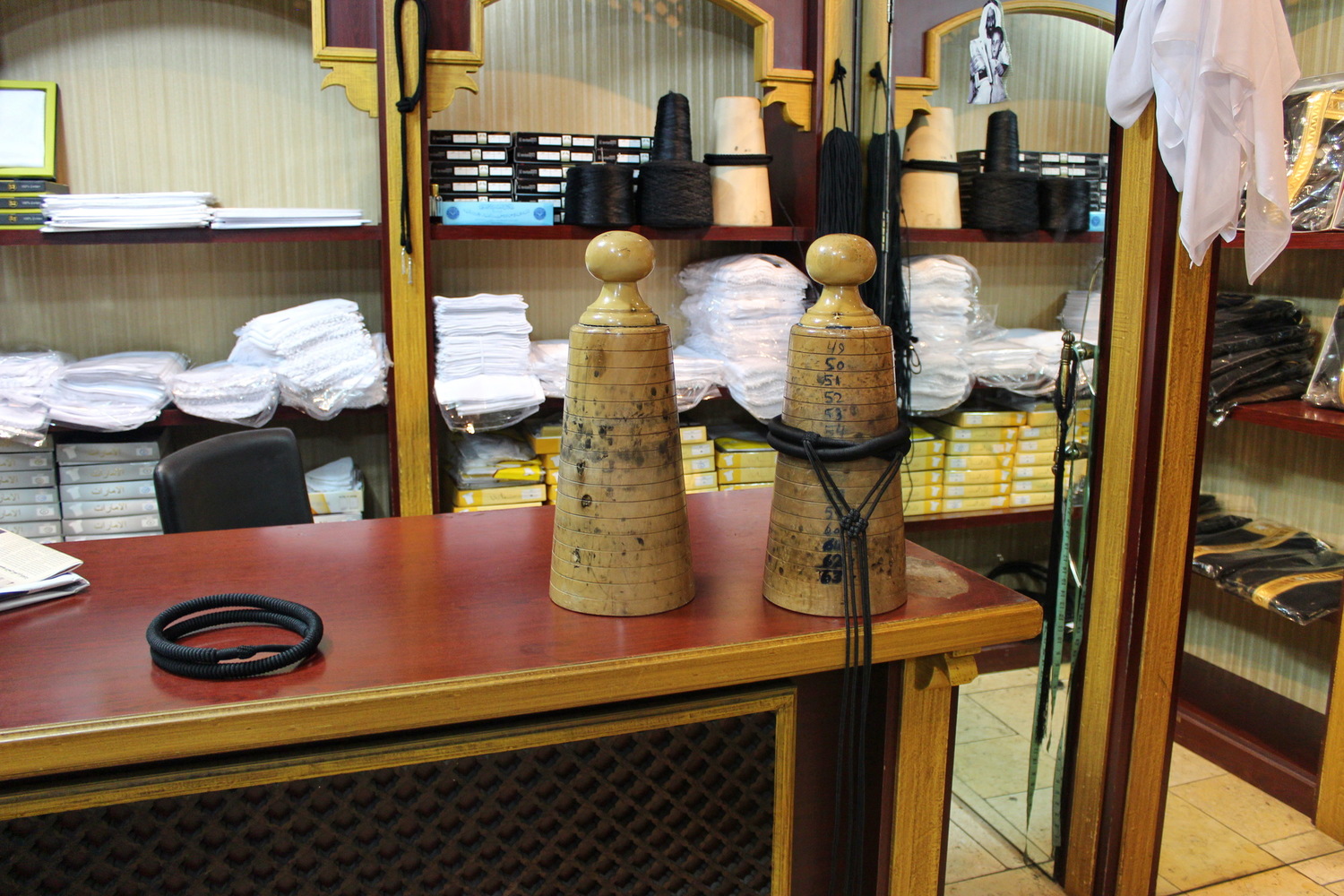 © Victoria Lazareva, feelingthelife.com
© Victoria Lazareva, feelingthelife.com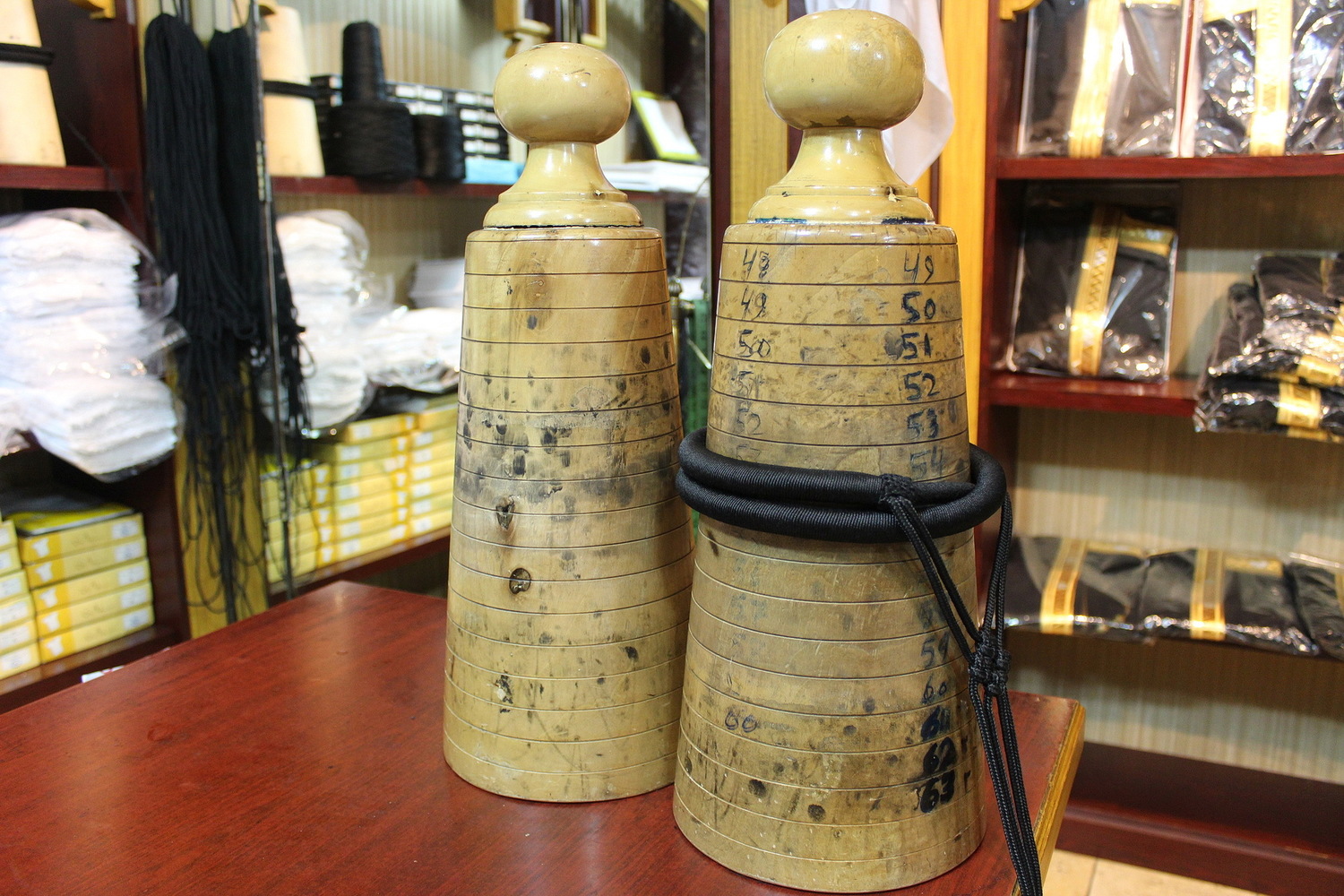 © Victoria Lazareva, feelingthelife.com
© Victoria Lazareva, feelingthelife.com
Rumor has it that (and it seems to be true) Beduins used to put agal on camel’s front legs to prevent it from escaping to the desert. By the way today camels have their legs bound as well but with an ordinary holeproof rope.
6+9
It is hard to believe but agal seeming to be such a simple part of the dress at first sight can tell a lot about its owner. For example, looking at it you can define what country this person is from. Emirate citizens like to decorate their agals with long black cords. There can be two or one or two becoming one; with a few tassels at the end or without them.
The Qataris like to decorate their agals with two or four cords.
The Saudis, who are the most conservative people of the Persian Gulf, keep up cherished traditions and prefer classical and the plainest agal without any decorations and improvements.
1 Saudi Arabia
2-3 Qatar
4-10 the United Arab Emirates
- © Victoria Lazareva, feelingthelife.com
 © Victoria Lazareva, feelingthelife.com
© Victoria Lazareva, feelingthelife.com
Agal can help to define person’s social class, financial standing, nature and tastes.
Believe it or not but the most expensive agals are made not of silk but Syrian or Iraqi wool – the first-rate raw material highly esteemed in the Arabian world. Such agals look incredibly elegant: very thin and glittering a little.
Silk agal due to tailor’s words is just a whim. Such product is expensive and impracticable. It’s better to have woolen or mixed materials agal: wool and silk.
A woolen and synthetic yarn agal is one of the long-worn and the most affordable.
Old-fogey Arabs prefer traditional agals with wide weaving (in the picture rightward). New age representatives choose more sophisticated weaving increasingly (in the picture leftward).
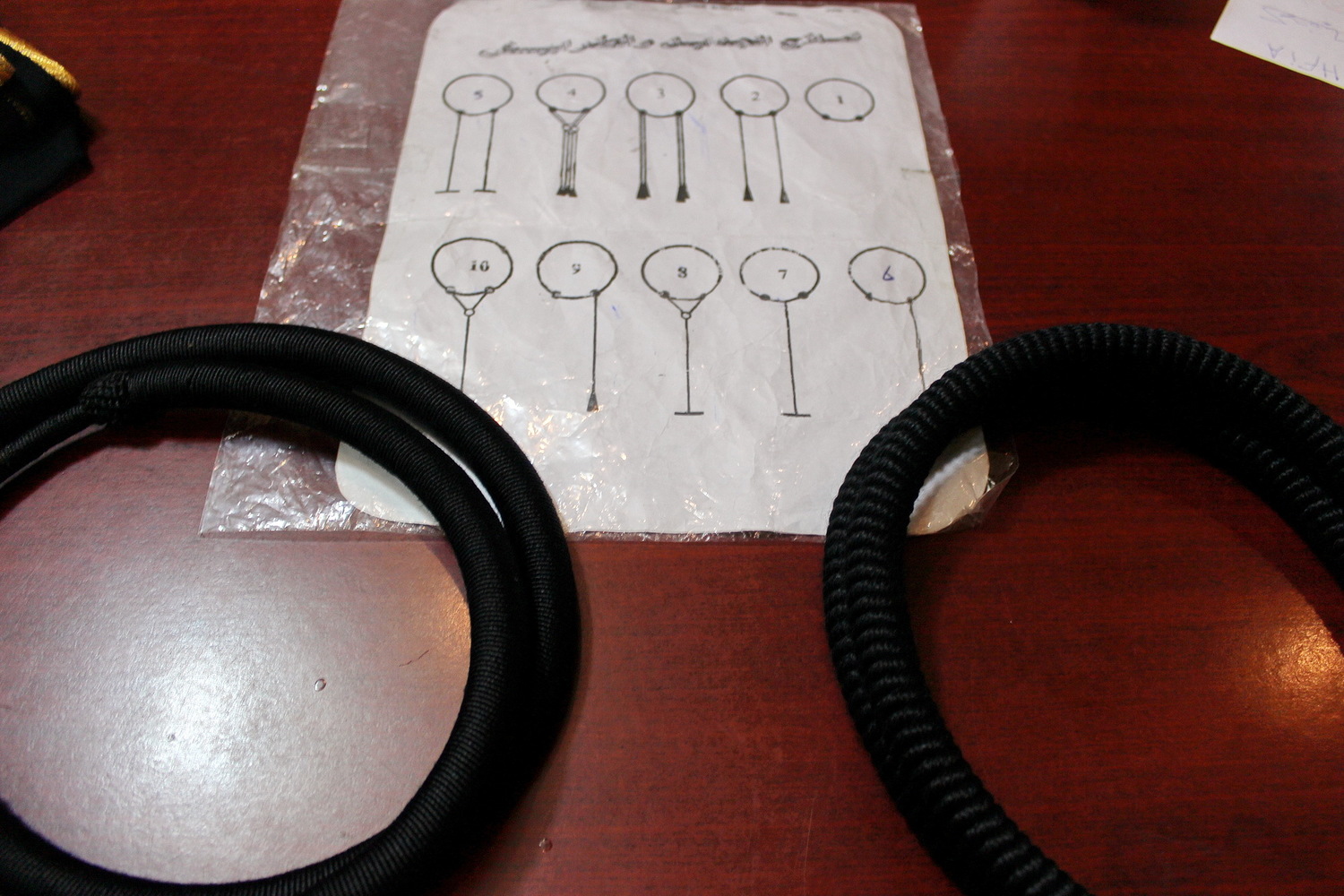 © Victoria Lazareva, feelingthelife.com
© Victoria Lazareva, feelingthelife.com
I couldn’t prevent myself from asking what kind of agal Sheikh Mohammed, the Emir of Dubai preferred. And, lo and behold, I got a free text answer. As appeared to be for everyday life Sheikh Mohammed preferred to wear a sophisticated, very thing and soft agal made of Syrian wool.
Unfolded such agal looks like a long holeproof lace.
By the way, this particular agal style is traditional for Dubaian area.
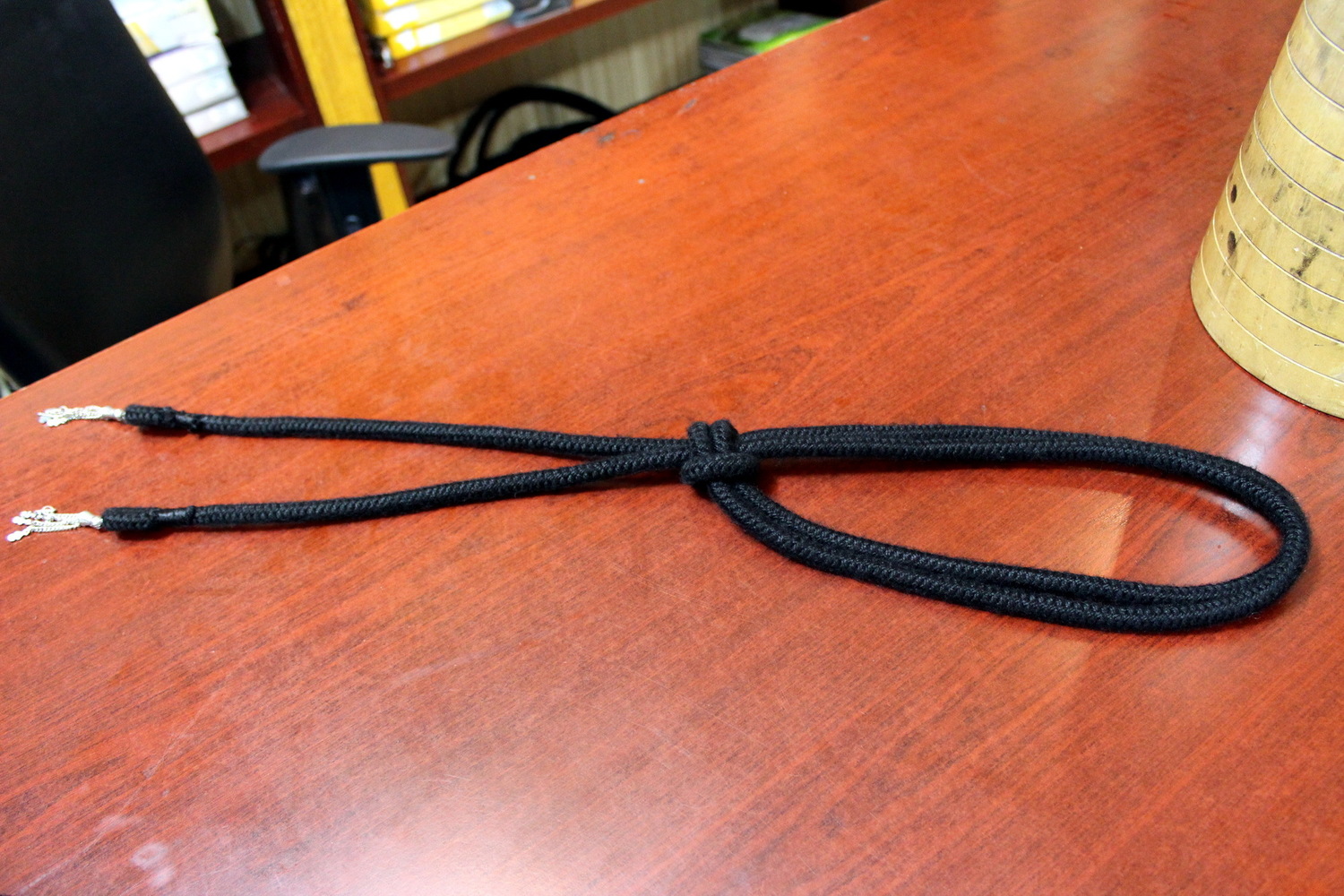 © Victoria Lazareva, feelingthelife.com
© Victoria Lazareva, feelingthelife.com- © Victoria Lazareva, feelingthelife.com
At state receptions Sheikh Mohammed often appears in a classical firm agal made of expensive Syrian wool. For comfortable wearing his agal circles are fine drawn on the back of his head.
From the front the circles are loosed. It appears that his agal is very plain, just double folded.
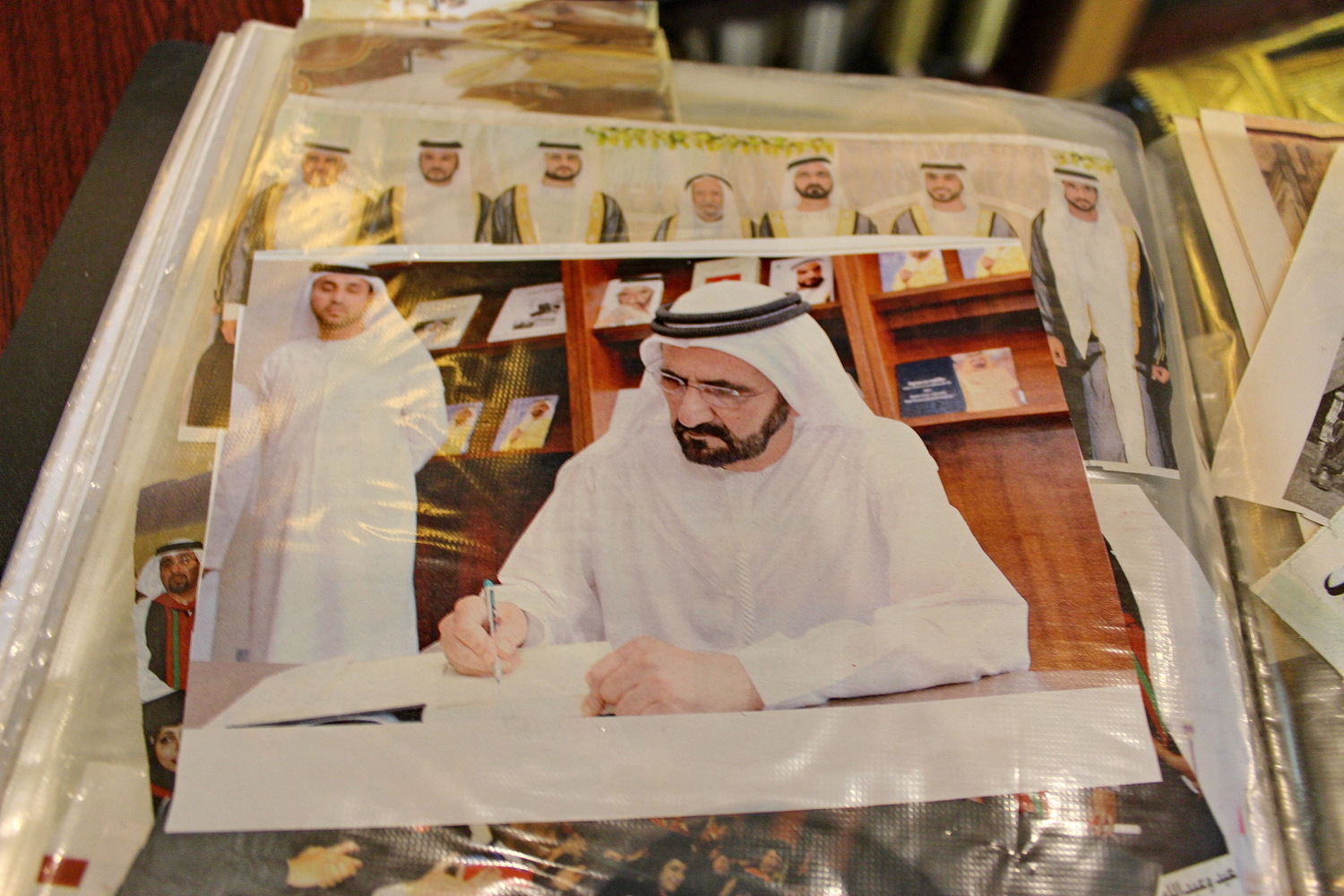 © Victoria Lazareva, feelingthelife.com
© Victoria Lazareva, feelingthelife.com
Since the creation of the world we keep on trying to look like more high achievers and men of consequence. Royal Court fashion had always exists: at Egyptian pharaohs, Chinese, Japanese and Russian Emperors, European Monarchs and the Ottoman sultans times. Even today a lot of us impersonate somebody else: presidents, sportsmen, actors, musicians…. Well, ordinary stuff. The Middle East couldn’t prevent itself from such practice either.
Being asked how he knew all these details and nuances, my good acquaintance answered it was an integral part of his work. Emirs, hereditary princes, influential members of ruling families serve as an example for impersonating setting the fashion.
As soon as there is something new in Sheikh Mohammed’s dress, tailors immediately get orders to produce the same. To be kept up-to-date of the latest changes a tailor looks though newspapers like “Gulf News” daily studying Emir and his family’s members’ dresses.
For his customers’ convenience a tailor has always around an album with ruling dynasty member’s pictures in full dress. There is not just the Emir but his close companions and sons as well. The sons should be mentioned additionally. The handsome princes, all in a row. I couldn’t take my eyes from one prince charming - he was so handsome. “He is one of Emir’s sons, Sheikh Majid” the tailor explained me.
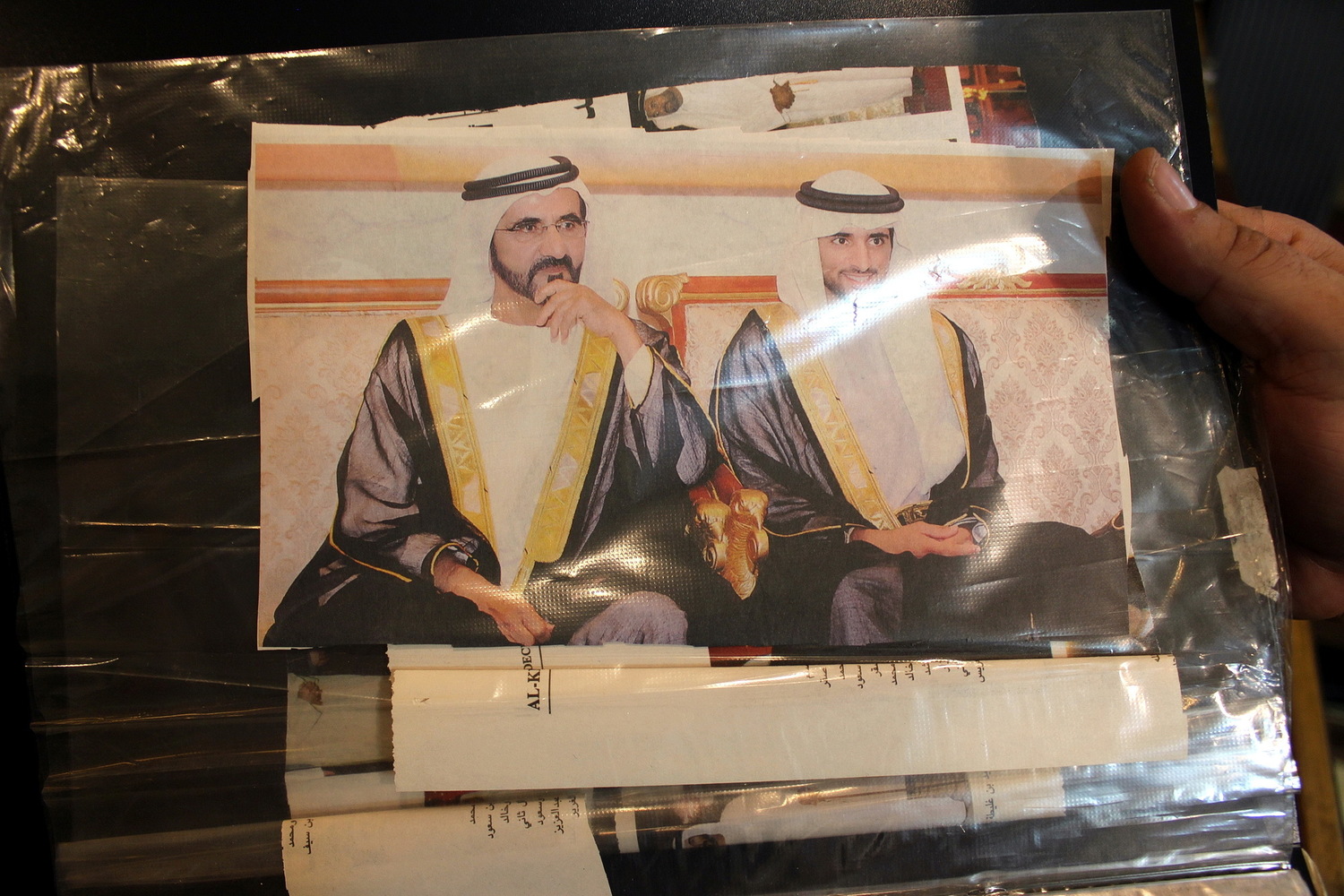 © Victoria Lazareva, feelingthelife.com
© Victoria Lazareva, feelingthelife.com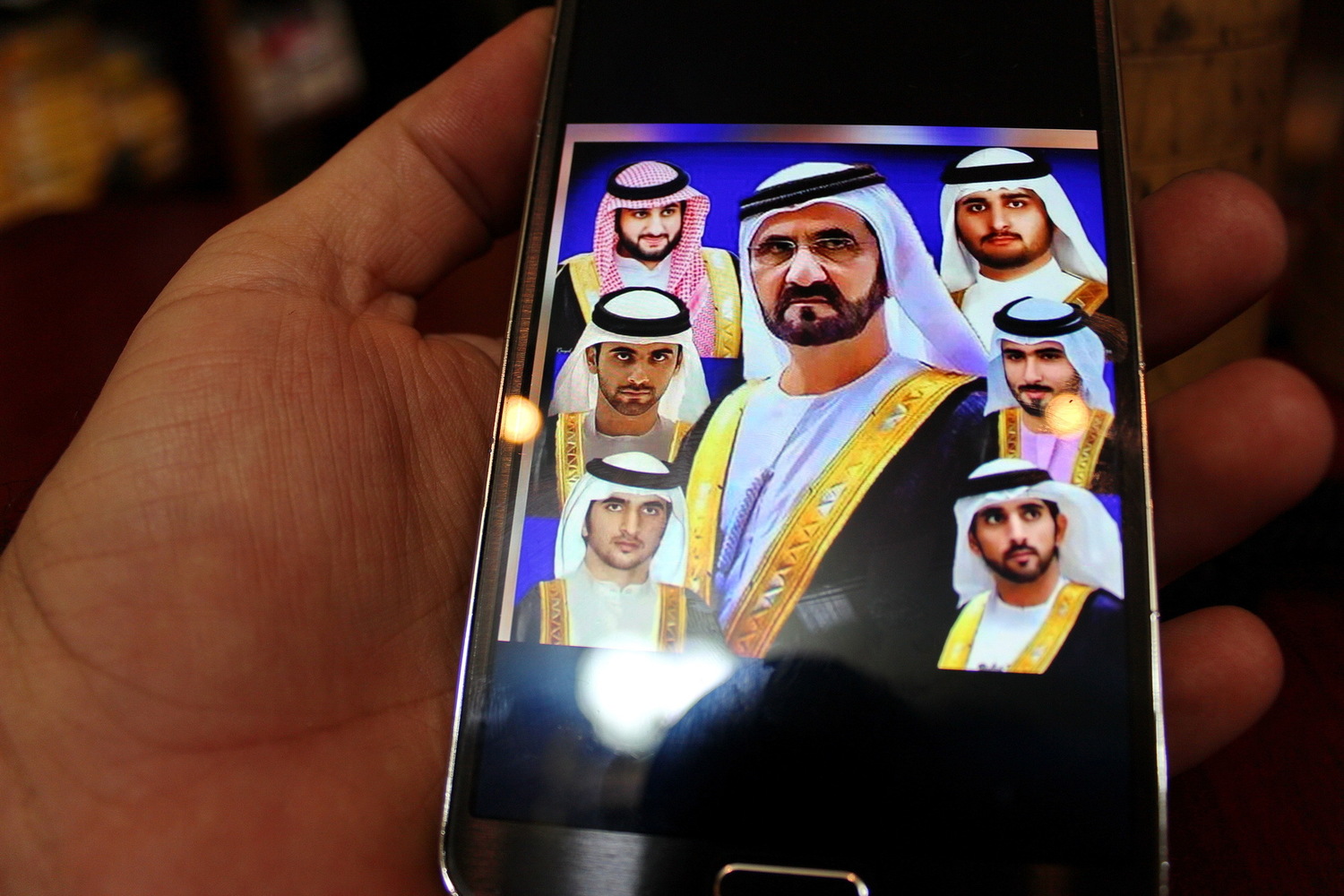 © Victoria Lazareva, feelingthelife.com
© Victoria Lazareva, feelingthelife.com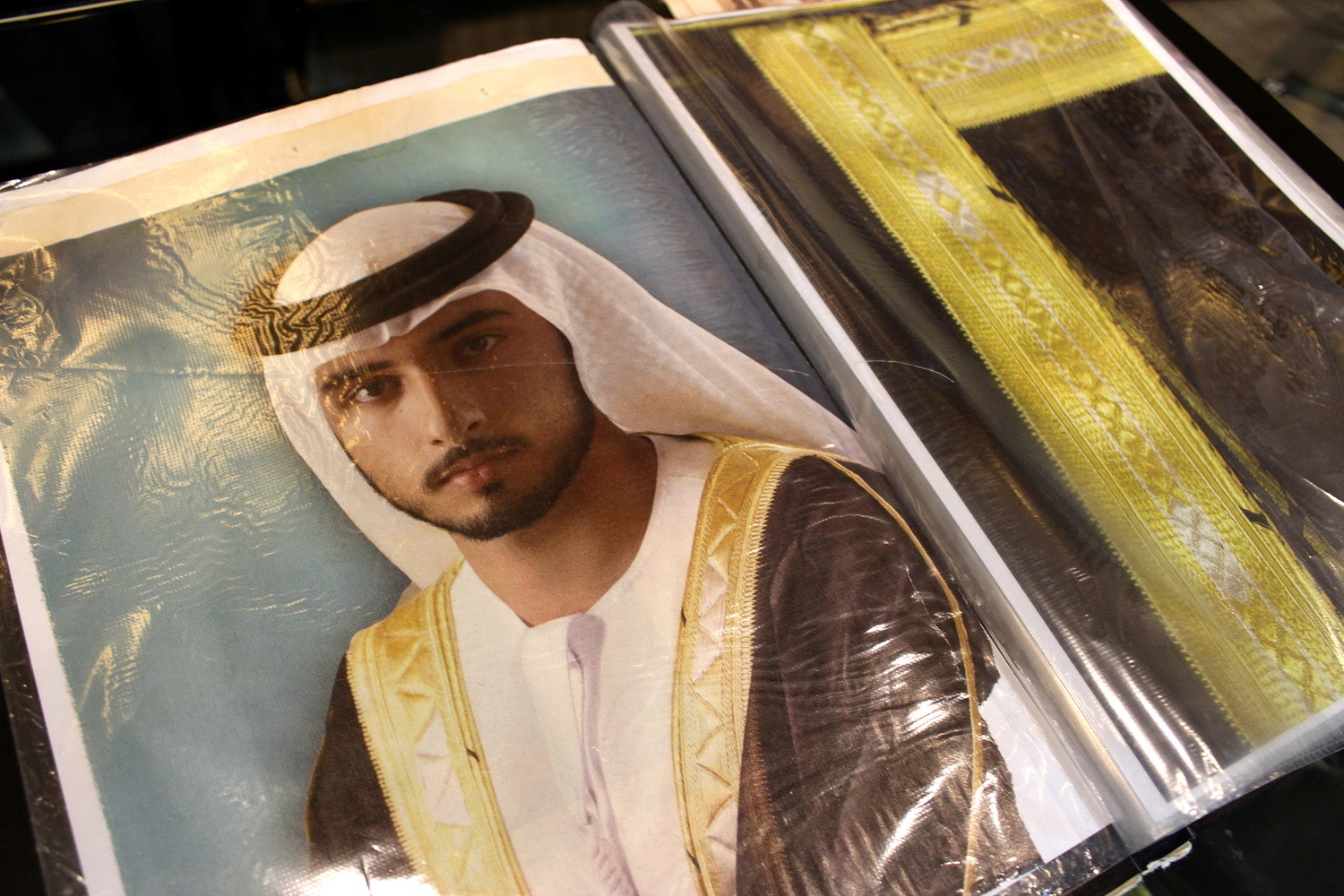 © Victoria Lazareva, feelingthelife.com
© Victoria Lazareva, feelingthelife.com
Having finished with Emir and princes’ album I went on seeing over the shop. So I had a surprisingly patient owner. I bombarded him with questions like a child and he went on telling me about everything very interesting and in details. I felt like picking up my pen and putting down all these difficult names of Arabian dress parts.
And what do you think? My kind tailor turned hats, keffiyehs, agals, shirts and bishts onto the desk, took a sheet of paper and my pen and put everything down himself and in two languages. The only thing I had to do was to take pictures.
Arabic men’s wear
First Arabs put on a white vest and white cotton trousers. Then - a long calf-length kandora. It is usually white as well.
A head is topped with a white taqiyah (cap) cotton knit. Atop of the taqiyah there is a ghutrah: Emirate citizens usually wear white ones called ghutrah, in Saudi Arabia, Jordan and Yemen - red or black ones (shemagh, keffiyeh).
Ghutrah is fixed with agal.
On solemn occasions bisht is put on atop of kandora. Usually it is of black colour with golden border.
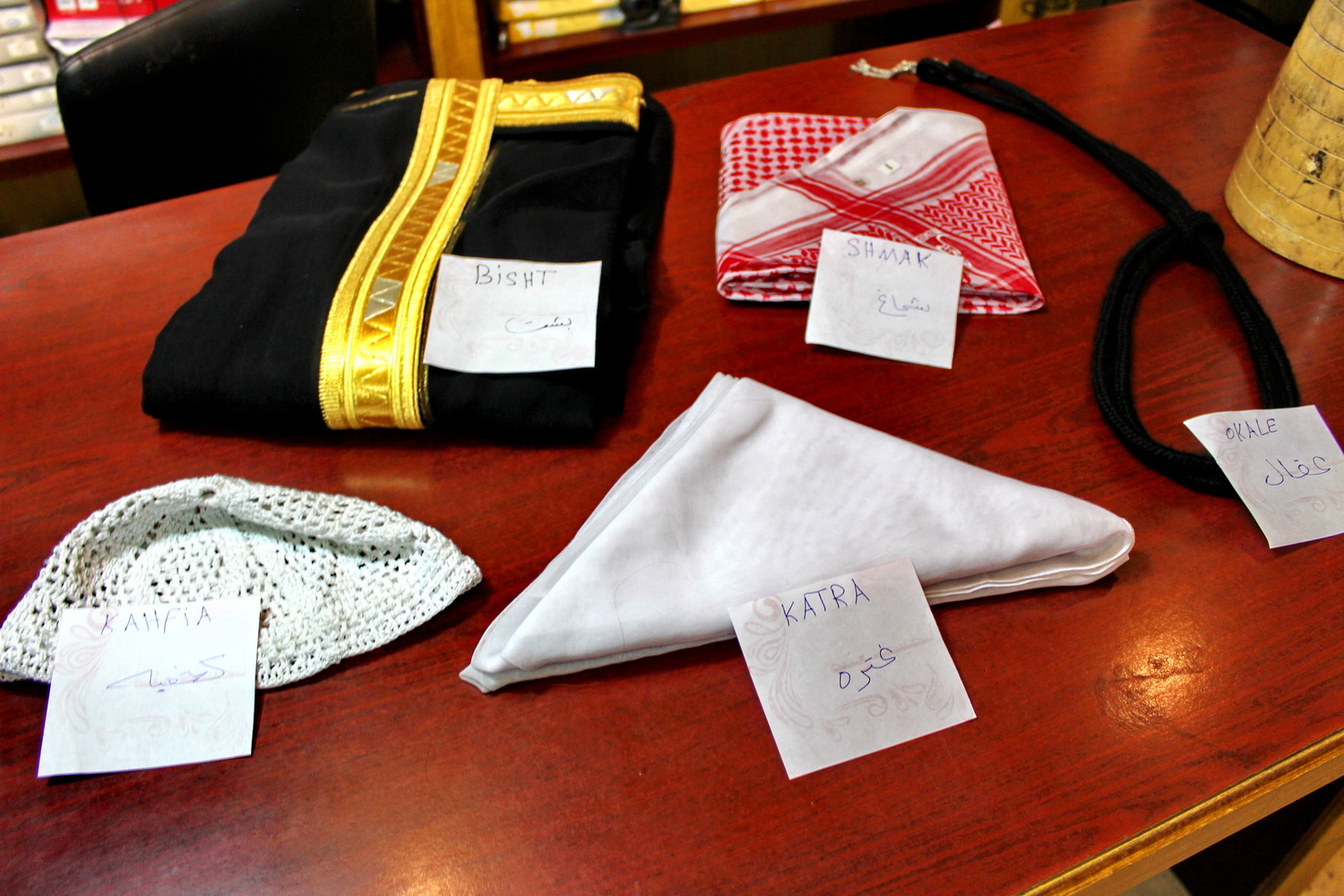 © Victoria Lazareva, feelingthelife.com
© Victoria Lazareva, feelingthelife.com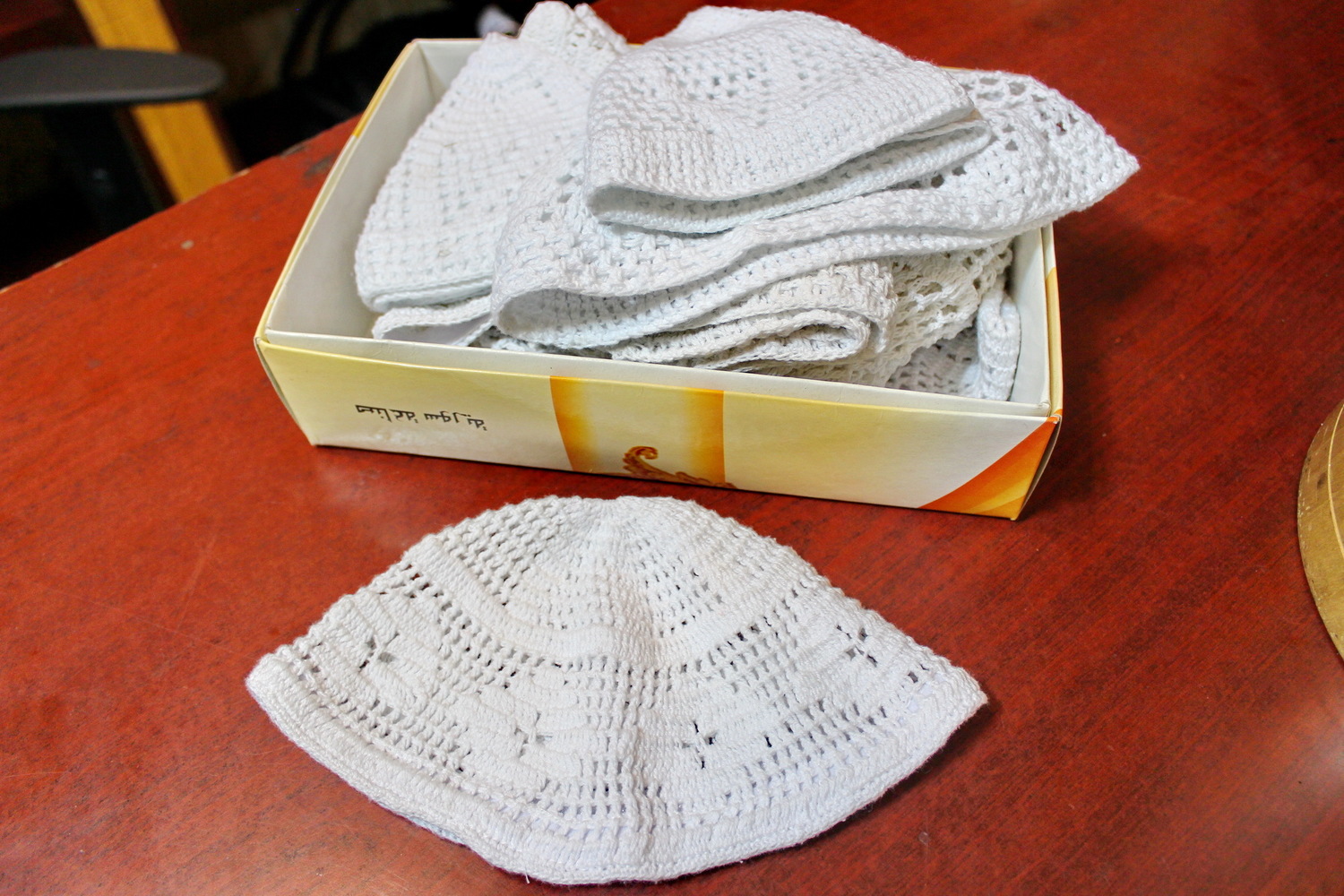 © Victoria Lazareva, feelingthelife.com
© Victoria Lazareva, feelingthelife.com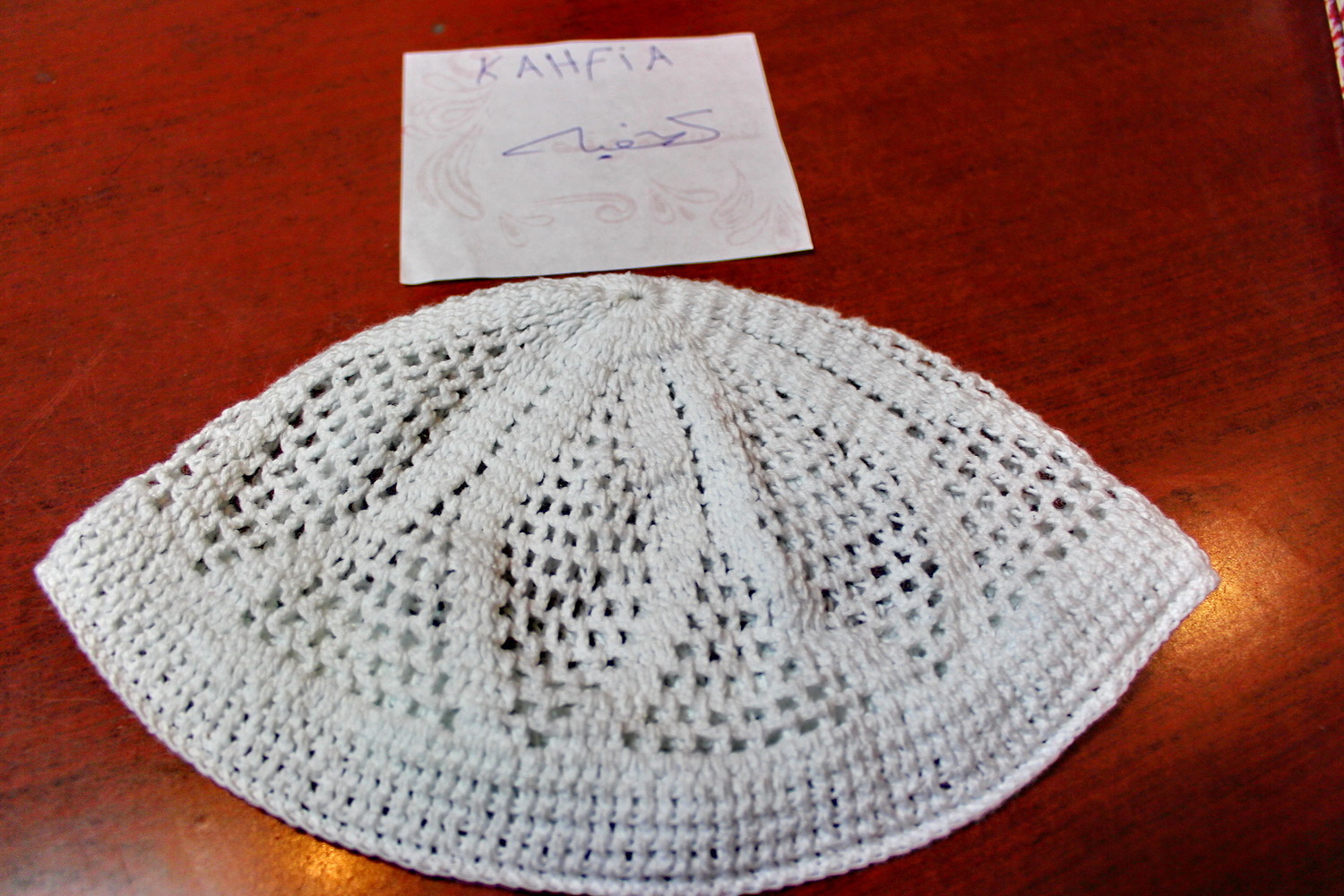 © Victoria Lazareva, feelingthelife.com
© Victoria Lazareva, feelingthelife.com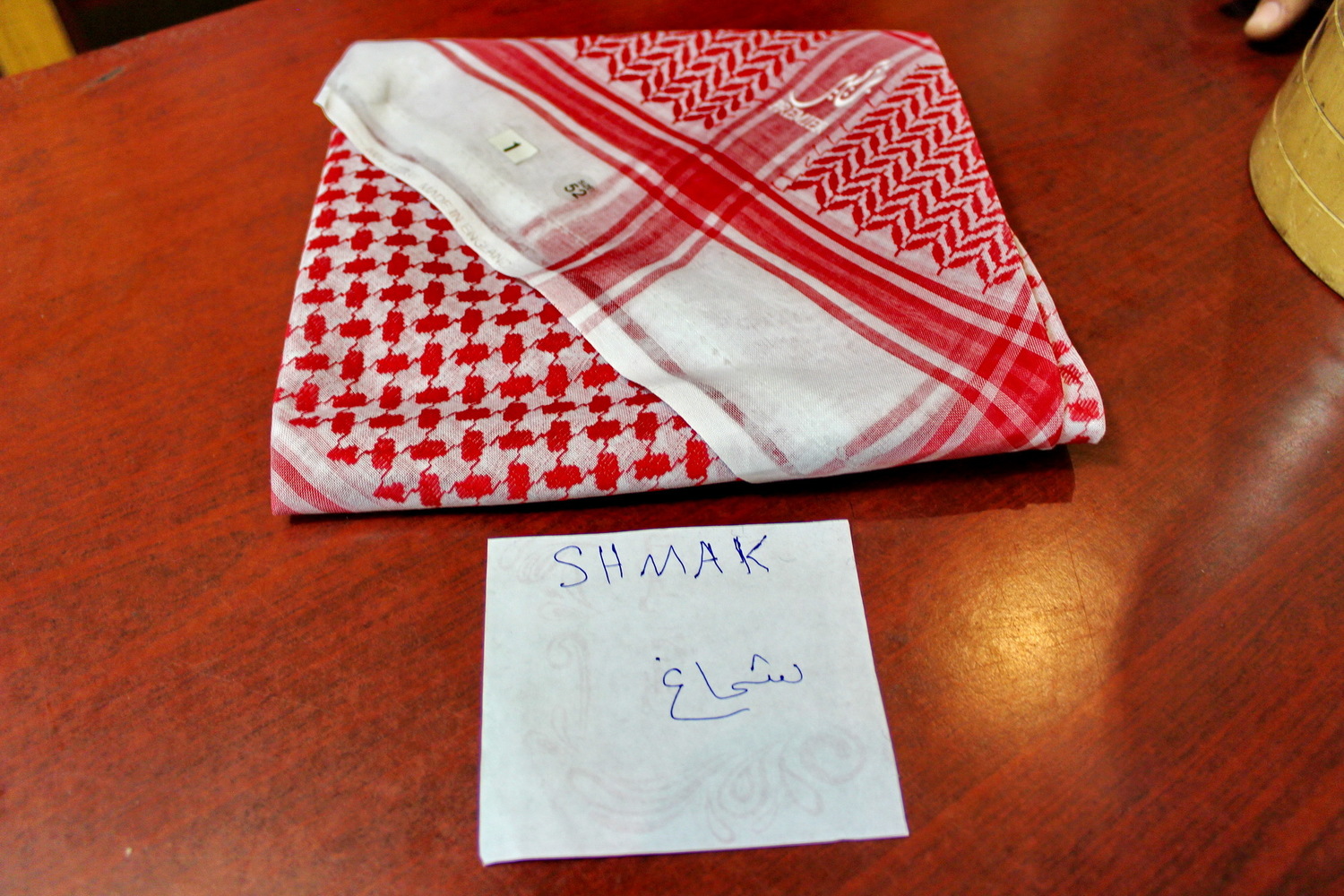 © Victoria Lazareva, feelingthelife.com
© Victoria Lazareva, feelingthelife.com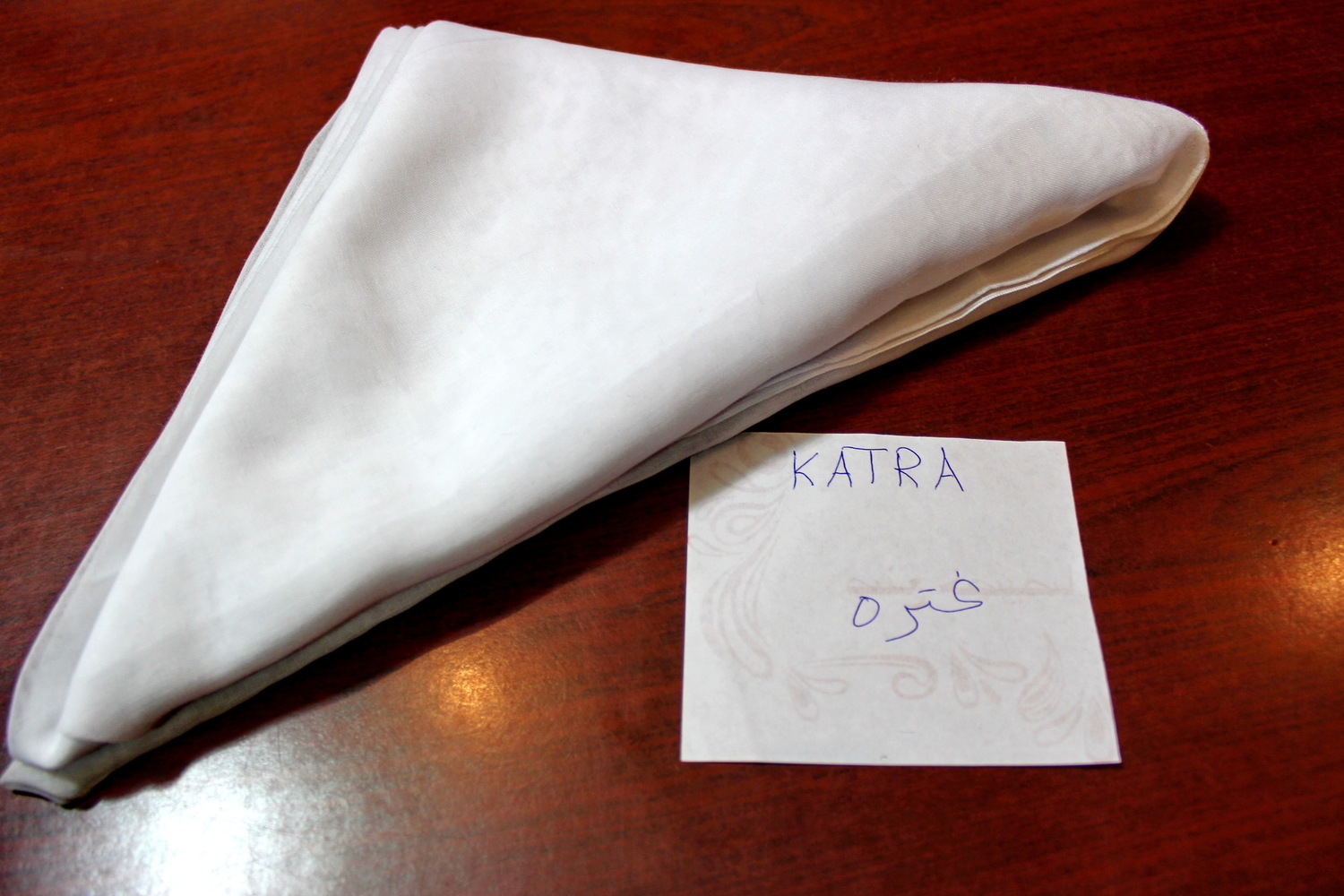 © Victoria Lazareva, feelingthelife.com
© Victoria Lazareva, feelingthelife.com © Victoria Lazareva, feelingthelife.com
© Victoria Lazareva, feelingthelife.com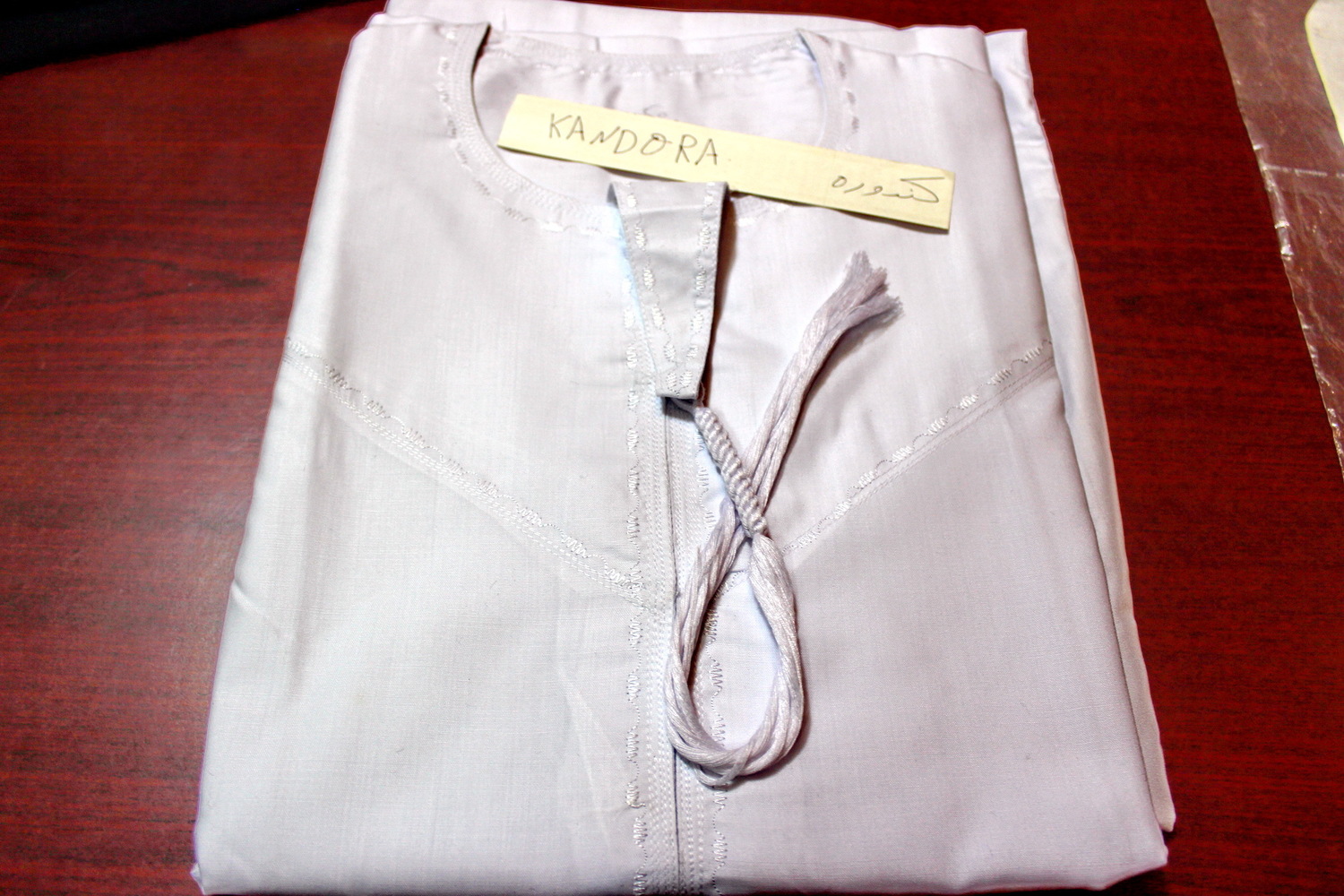 © Victoria Lazareva, feelingthelife.com
© Victoria Lazareva, feelingthelife.com- © Victoria Lazareva, feelingthelife.com
Arabic men’s wear is very beautiful. I have always dreamt of trying on all this magnificence…
As if he could read my mind, the tailor took a black bisht made of the finest cotton, from a hanger. His professional “To dress!” evidently woke up inside him. And my female “To dress up!” started trembling inside me.
I didn’t put on white kandora, taqiya was enough, then Emirate ghutrah. It didn’t match me. But Saudi red shemagh suited me more. And I fixed it with an agal. Atop of my cloches I put on a black classical bisht as thin as gossamer.
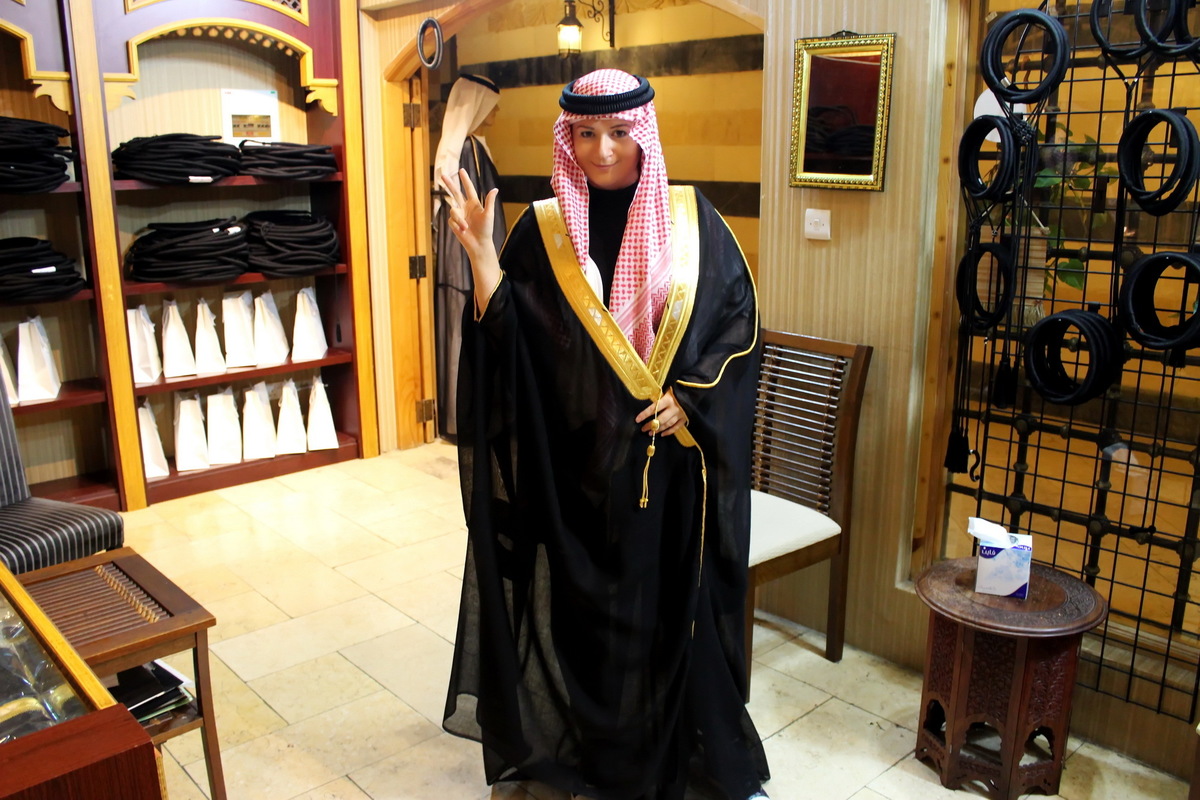 © Victoria Lazareva, feelingthelife.com
© Victoria Lazareva, feelingthelife.comHaving seen me in all my glory the tailor giggled nervously.
If it is supposed to be the end of the story, you are deeply mistaken. The story about other Arabic dress parts is coming below.
Arabic kerchief called ghutrah or shemagh is a very informative part of wearing. Due to the way it is bound on the head it is very easy to identify the place this person is from and sometimes to the province. For example, for everyday wear Emirates and Yemen citizens prefer to tie a kerchief round their heads without agal.
It looks like turban or something.
Saudis prefer classical way - a kerchief is shuffled on a head and fixed by agal (the hemlines are loose along the body). Another way is to put both hemlines on the head parallel to each other or in a criss-cross manner. In Bahrain, Kuwait, Qatar and other Arabic countries there are their favorite ways of ghutrah wearing.
Arabian headwear – ghutrah or shemagh – is extremely practical thing for living in Arabian harsh climate. It protects head and neck from the burning sun. You can cover your face during a sand storm. Moreover it absorbs hot air preserving moisture and helping to survive high temperature.
Calf-length shirt - jalabiya (galabiya, kandura, thobe and dishdasha) is able to tell about its owner a lot.
Saudis like jalabiya with a pocket, sleeve cuffs and a stand up collar.
Emirate citizens prefer rounded neckline jalabiya and a bootlace tie - kerkusha. Very often the kerkusha is soaked with perfume oils. For odour so to say.
As the plainest option male jalabiya is a long cotton long-sleeved, seamless, step-in and collarless tunic. Very often it is pristine white and perfectly ironed. Sometimes it is cream-white, ivory-white, light-grey or light-beige.
Emirate citizens can often be seen wearing solid colour kondurahs. The Emir was a pace-setter in fashions who likes blue, golden and beige, black jalabiya and khaki and mustard shades.
 © Victoria Lazareva, feelingthelife.com
© Victoria Lazareva, feelingthelife.com
Bisht is of traditional black colour with a wide golden hemline.
Today bisht has many different colours: dark-brown, graphitic and grey, golden and beige. Light-coloured bishts are popular at summer time. Dark ones can be worn all year around.
Bisht golden hemline in Saudi Arabia is called duzain, in Dubai – naksha or gold zari.
There is a traditional, conventional hemline pattern. If you pay attention you will be able to see that Sheikh Mohammed’s bisht is decorated with a band of a different pattern: with letters M embroidered (Maktoum).
Should it be mentioned that Dubai clients order bishts with M-pattern hemline like Sheikh has?
Silver insets against gold are a must.
- © Victoria Lazareva, feelingthelife.com
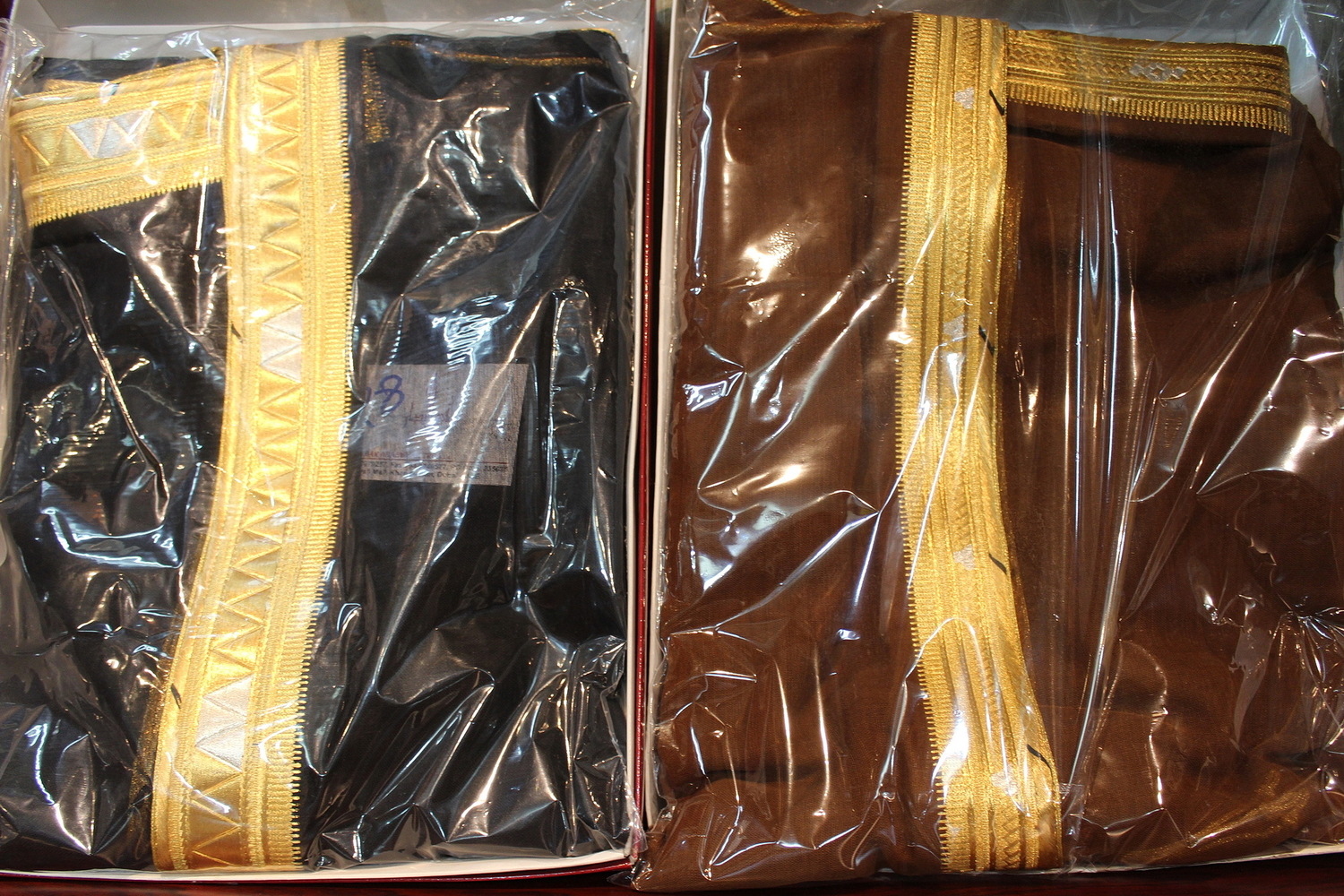 © Victoria Lazareva, feelingthelife.com
© Victoria Lazareva, feelingthelife.com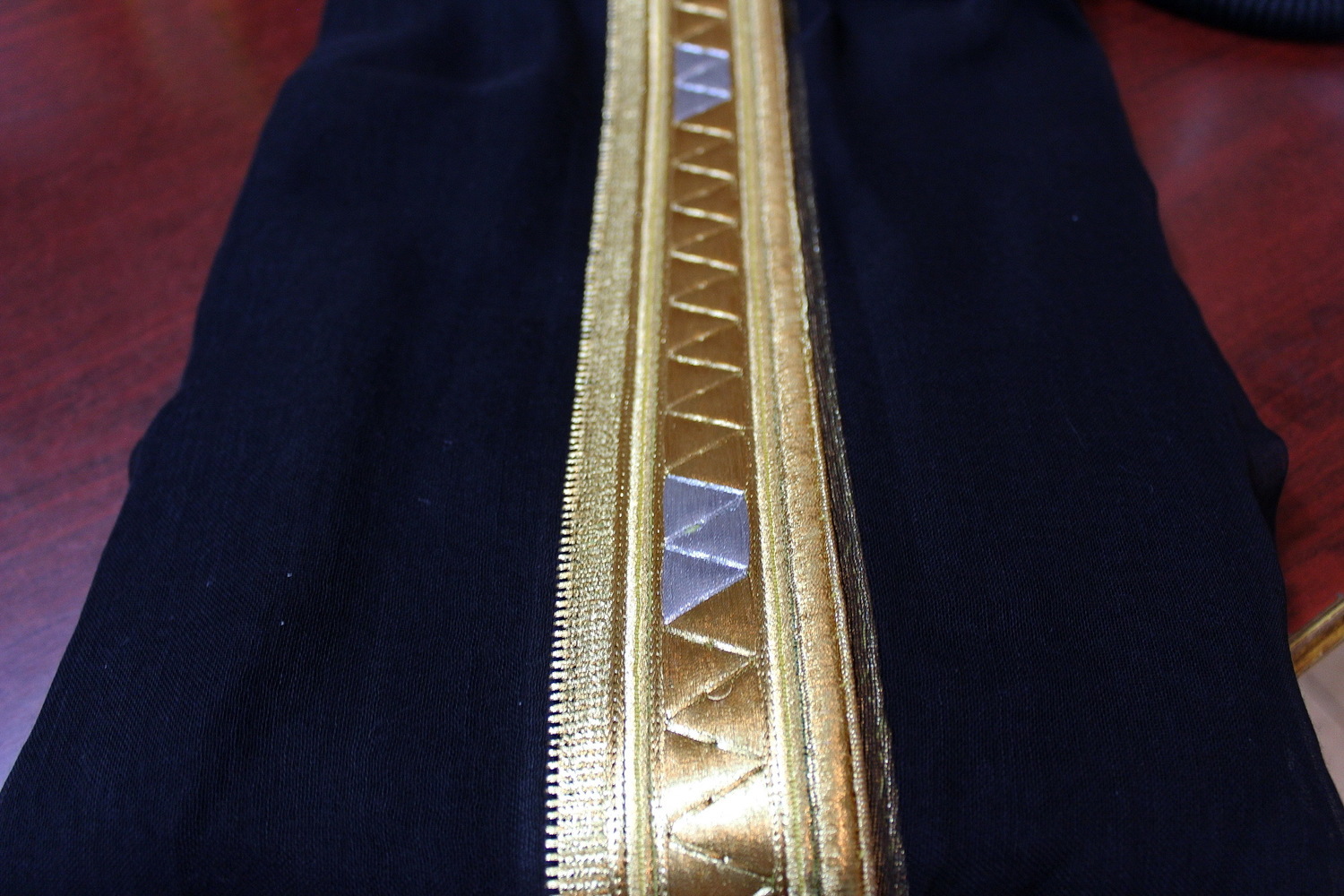 © Victoria Lazareva, feelingthelife.com
© Victoria Lazareva, feelingthelife.com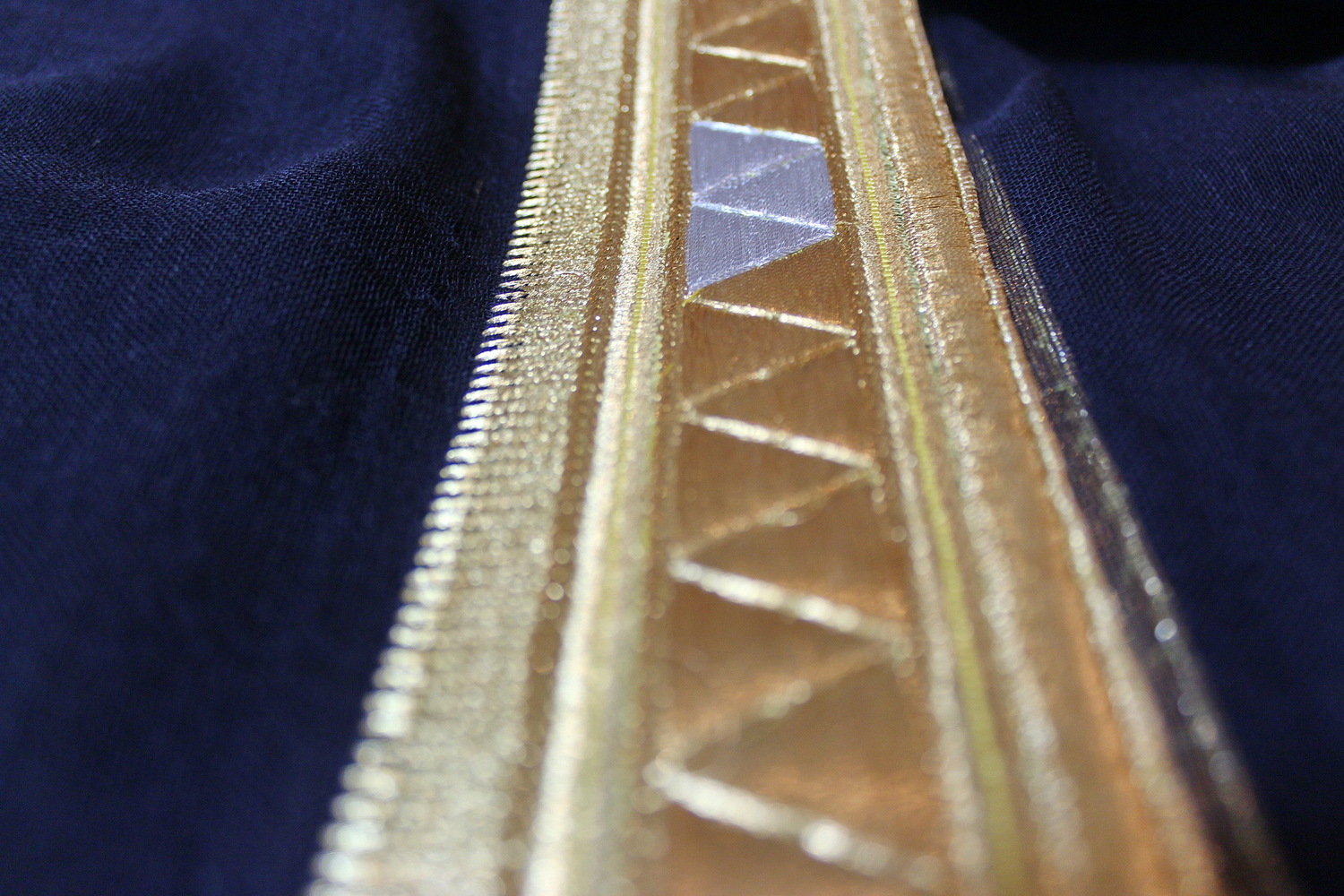 © Victoria Lazareva, feelingthelife.com
© Victoria Lazareva, feelingthelife.com
It’s time to say good-by. Having finished with my cup of tea offered by my hospitable owner I am having the last look at the racks of the shop. And suddenly I notice crocodile sandal shoes but I feel absolutely done in asking who and what shoes prefer. Next time …. if I am allowed.
Awkwardly I am asking (though I can guess the answer): “How much is it to make a full dress as a present for friends?” An incredible price is pronounced but then the tailor added smiling that I would get the best price in Dubai. Eee!
Having left tailor’s shop I decided to drop in to a local café to process everything I heard. From the balcony I noticed some people in white and tried to reinforce - I tried to guess where they were from. I guess they are all from the Emirates. Or?
P.S. By the way, pay attention to smart phones. They are an integral part of a Persian Gulf Arabic image.
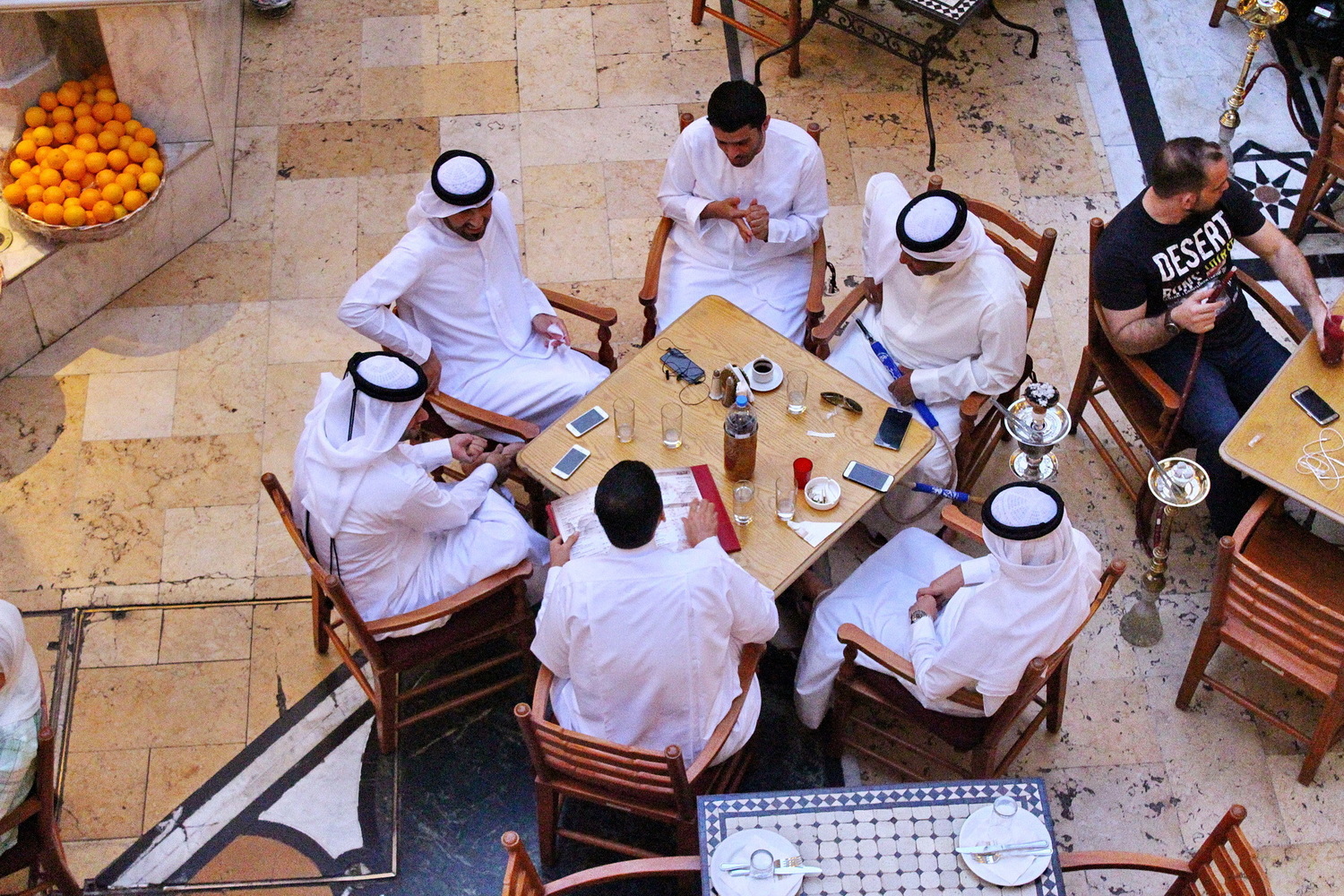 © Victoria Lazareva, feelingthelife.com
© Victoria Lazareva, feelingthelife.com
